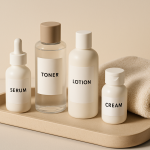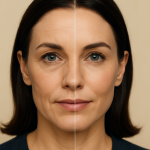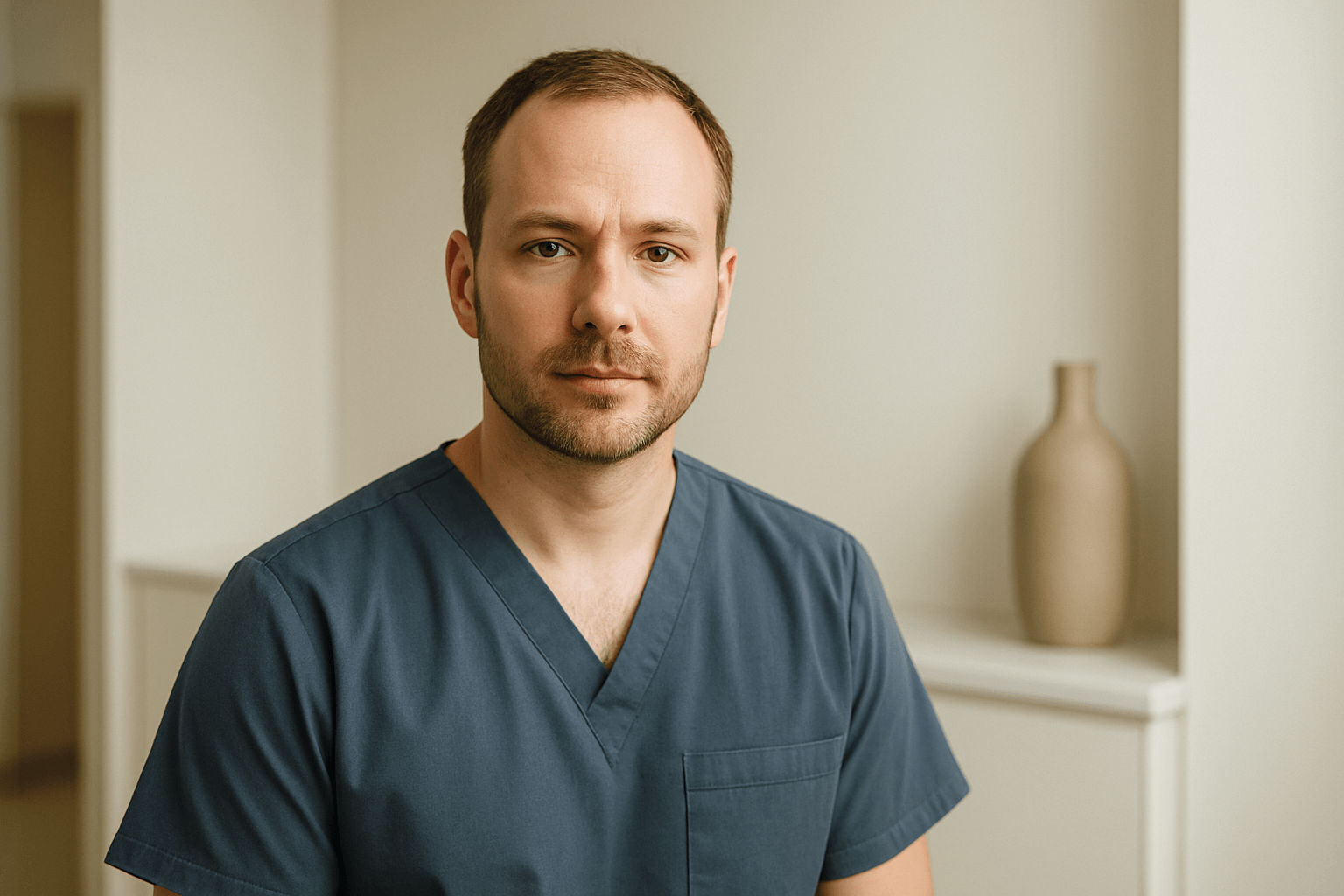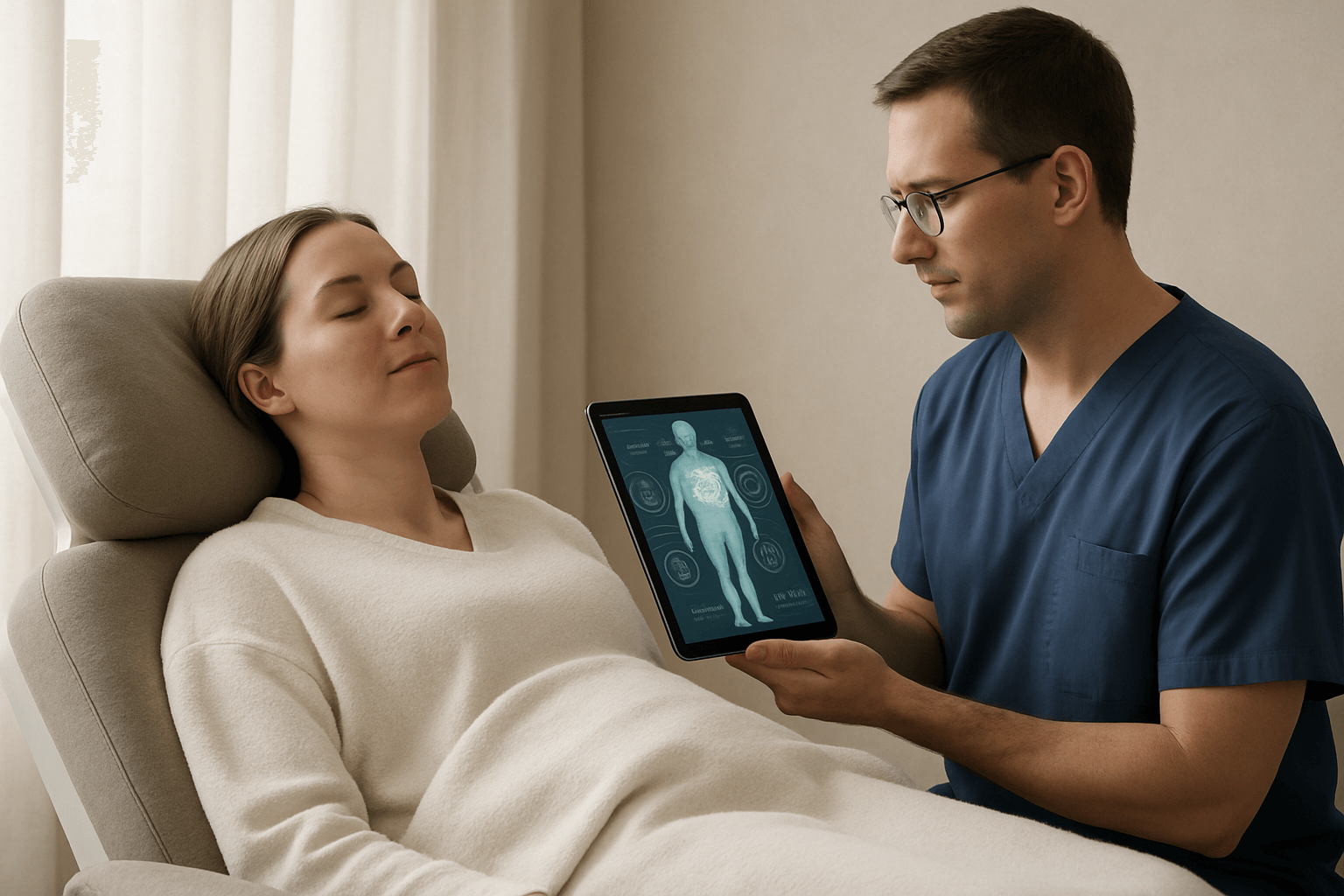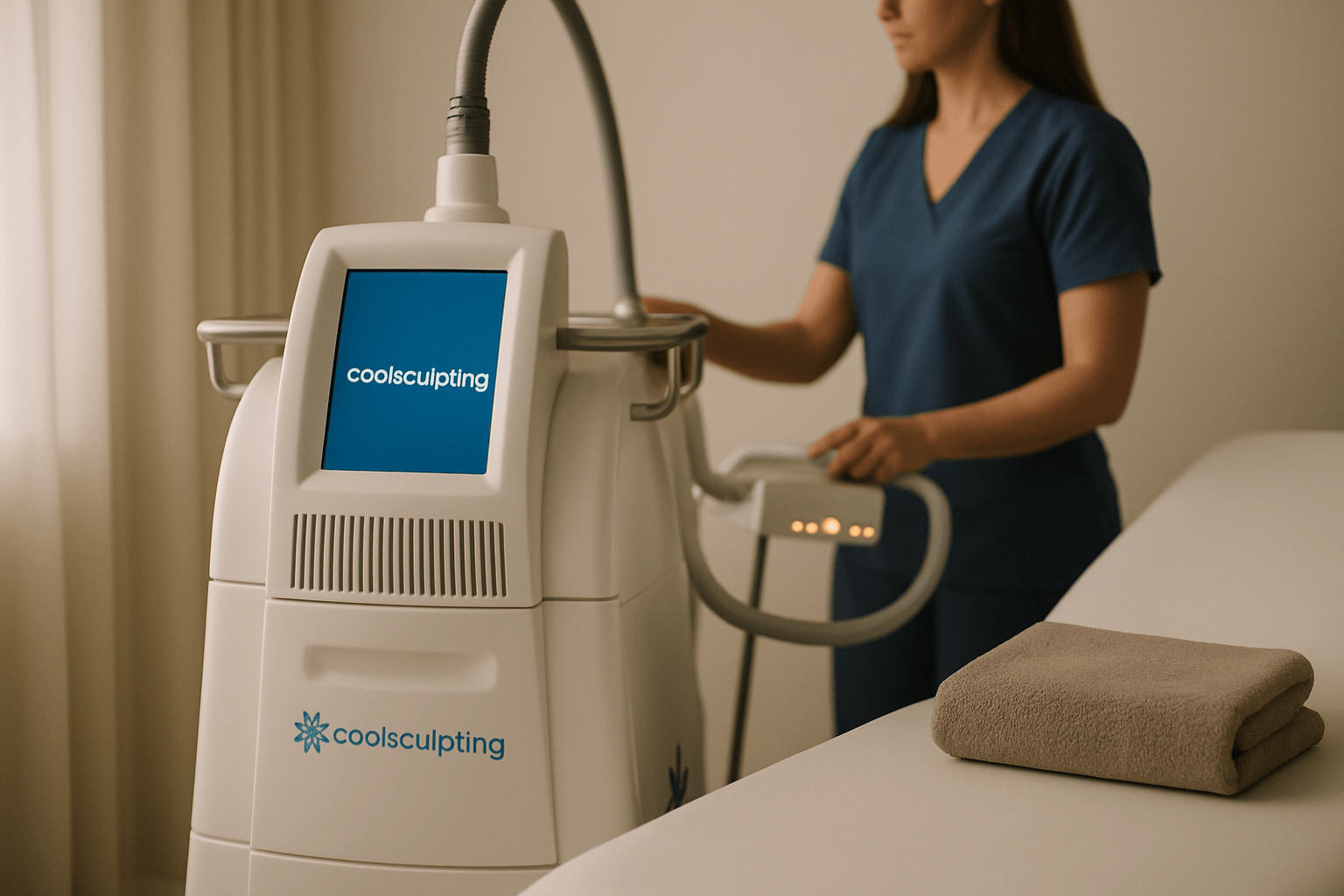Thinking about trying a cosmetic treatment, but nervous about what you’ve heard? You’re not alone. Cosmetic procedures are surrounded by myths, half-truths, and even outright fiction—fueling fear, confusion, or unrealistic expectations.
Whether you’re considering injectables, laser therapy, or body contouring, understanding what really happens during and after your procedure can help you make informed choices and achieve the results you want.
Let’s separate myth from reality so you can move forward with confidence.
Jump To:
TLDR – Quick Guide
- Most cosmetic treatments are minimally invasive with little to no downtime.
- Pain and side effects are generally mild and well-managed.
- Results develop gradually, not instantly, and follow-up visits are common.
- Professional guidance makes a significant difference in your experience and outcome.
- Don’t believe everything you hear—always consult an experienced provider.
Detailed Breakdown
Common Cosmetic Treatment Myths—Busted
Myth 1: “Cosmetic Treatments Are Always Painful”
Reality:
Most modern cosmetic treatments are designed with patient comfort in mind. Local numbing agents, cooling devices, or gentle techniques mean you might feel only mild discomfort—if any at all. Procedures like fillers or laser therapy are often described as a quick pinch or slight warmth.
Every person’s pain tolerance is different, but extreme pain is not the norm. Providers prioritize your comfort at every step.
Myth 2: “You’ll See Results Right Away”
Reality:
Many patients hope for instant transformation, but results usually take time. For example, injectables like Botox and dermal fillers can take several days to reveal full effects. Laser treatments for skin resurfacing or hair removal may require multiple sessions, with results appearing gradually over weeks.
Your body needs time to heal and respond to the treatment. Trust the process and discuss expected timelines with your provider.
Myth 3: “Downtime Is Always Long and Difficult”
Reality:
One of the biggest advances in cosmetic medicine is the development of minimally invasive treatments that allow most people to return to their regular routines quickly. You may experience mild redness, swelling, or bruising that fades within days.
Major downtime is rare and usually only associated with more invasive procedures like surgery. Your provider will give you aftercare instructions to speed up recovery and reduce discomfort.
Myth 4: “Cosmetic Procedures Look Fake or Overdone”
Reality:
When performed by skilled, experienced professionals, cosmetic treatments enhance your natural features and deliver subtle, natural-looking results.
The “overdone” look is often the result of unqualified providers or unrealistic patient requests. Open communication and a customized treatment plan ensure your results look fresh and authentic.
Myth 5: “Anyone Can Perform Cosmetic Treatments”
Reality:
Safe and successful cosmetic procedures require medical expertise, training, and a deep understanding of facial anatomy and technology.
Choosing a reputable clinic led by board-certified providers protects your safety and gives you the best chance for excellent results.
Never compromise when it comes to your health.
What Actually Happens During and After Your Procedure?
Before: Personalized Consultation
Your journey starts with a consultation, where your provider reviews your health history, discusses your goals, and recommends the best treatment options for you.
You’ll receive honest information about what to expect, risks, benefits, and recovery.
During: Comfort & Precision
Most procedures are performed in-office and are relatively quick.
Providers use advanced techniques, state-of-the-art technology, and strict hygiene protocols.
Comfort measures (like topical anesthetics or cooling devices) are standard.
After: Recovery & Follow-Up
After treatment, you may notice mild redness, swelling, or tenderness. These effects are usually temporary and subside within a few hours or days, depending on the procedure.
You’ll receive clear aftercare instructions and can often resume daily activities right away.
Follow-up visits help monitor your progress and ensure you achieve your desired results.
Factors That Affect Your Experience and Results
- Treatment Type: Some treatments have a faster recovery and more subtle results than others.
- Individual Biology: Your age, skin type, and overall health can influence healing and outcomes.
- Provider Expertise: Experience and skill level are crucial for safety and satisfaction.
- Aftercare: Following instructions closely supports smooth recovery and optimal results.
Side Effects and Safety: What to Know
Most side effects—like redness, swelling, or minor bruising—are mild and short-lived.
Serious complications are rare when you choose a qualified provider and follow aftercare guidelines.
Always share any concerns or unexpected symptoms with your clinic for reassurance and prompt care.
Realistic Expectations: What Most Patients Experience
- Quick wins: Boost in confidence, improved appearance, and positive feedback from others.
- Gradual gains: Continued improvement as your body responds and heals.
- Long-term: Lasting results with regular maintenance and healthy habits.
Patience and realistic expectations are essential for satisfaction.
Key Takeaways
- Myths about cosmetic treatments can cause unnecessary fear or disappointment.
- Modern procedures are safe, comfortable, and deliver natural-looking results with minimal downtime.
- Choosing a skilled provider and maintaining good communication are vital.
- Gradual progress is normal—trust the process for the best outcome.
FAQs
Are cosmetic treatments safe?
Yes, when performed by trained professionals using approved technology, cosmetic treatments are very safe.
Will I need time off work?
Most procedures allow you to return to normal activities the same day or within a couple of days.
How long do results last?
Longevity varies by treatment. Some results last months, others years; maintenance sessions can extend benefits.
Can anyone get cosmetic treatments?
Most healthy adults are candidates, but a thorough consultation is necessary to determine the safest approach for you.
How do I know which treatment is right for me?
A personalized consultation with an experienced provider is the best way to match your goals to the right procedure.



